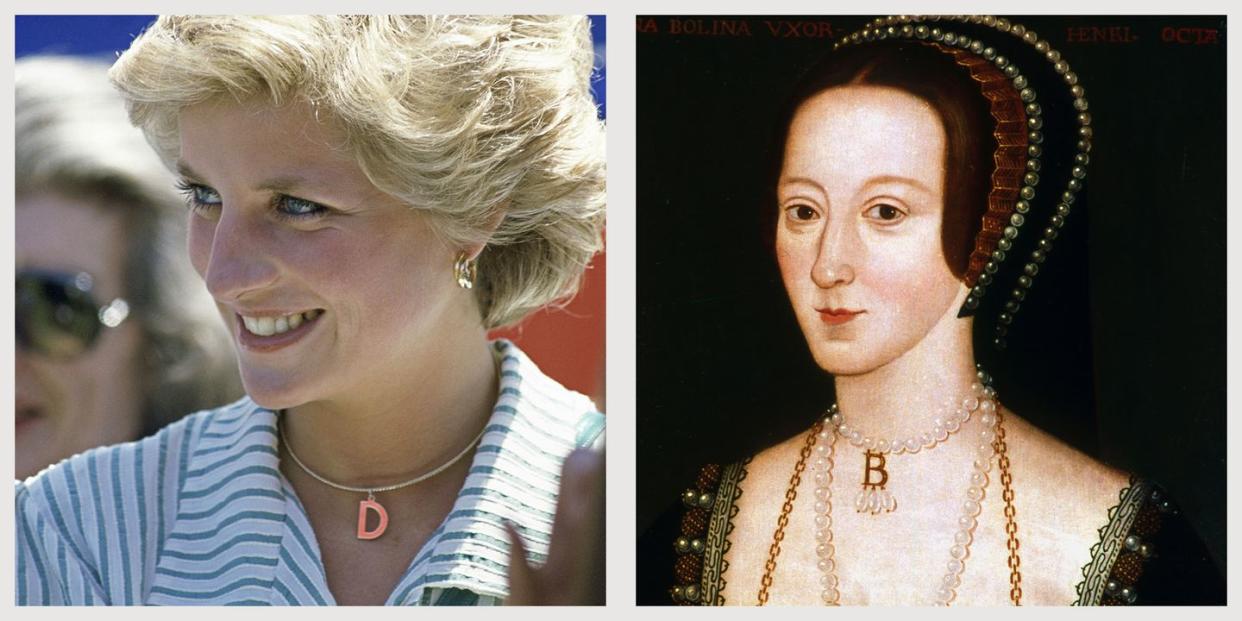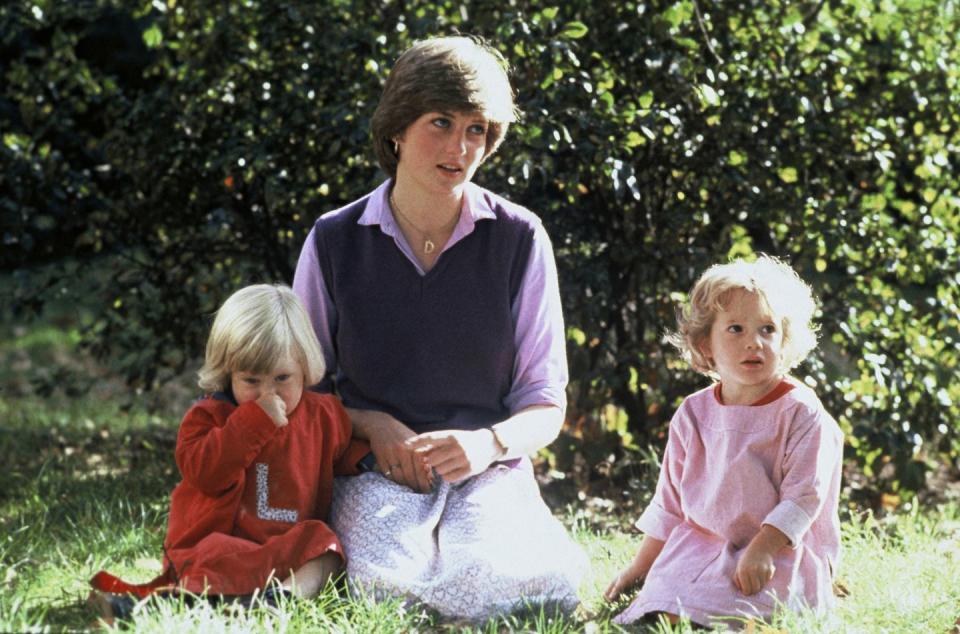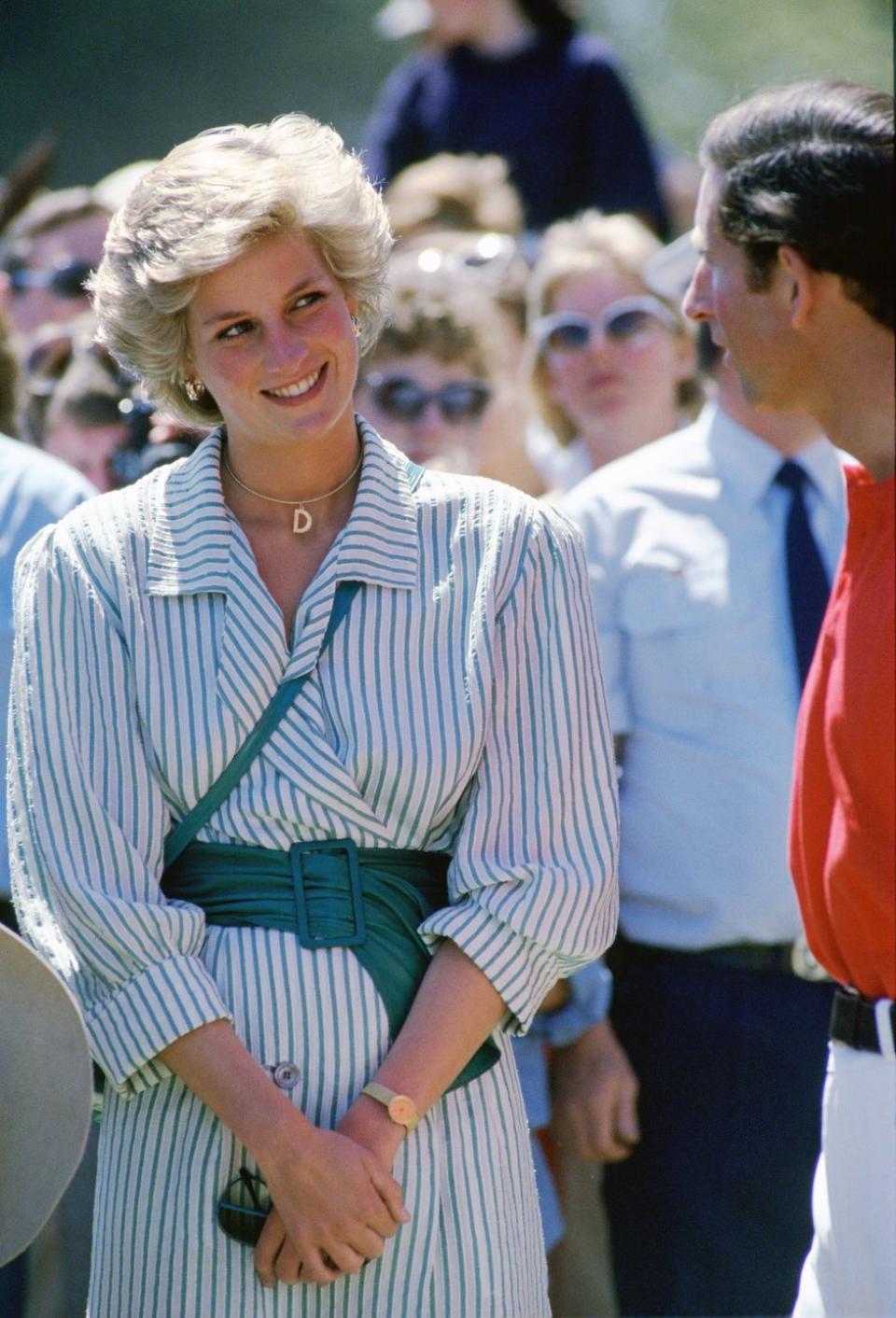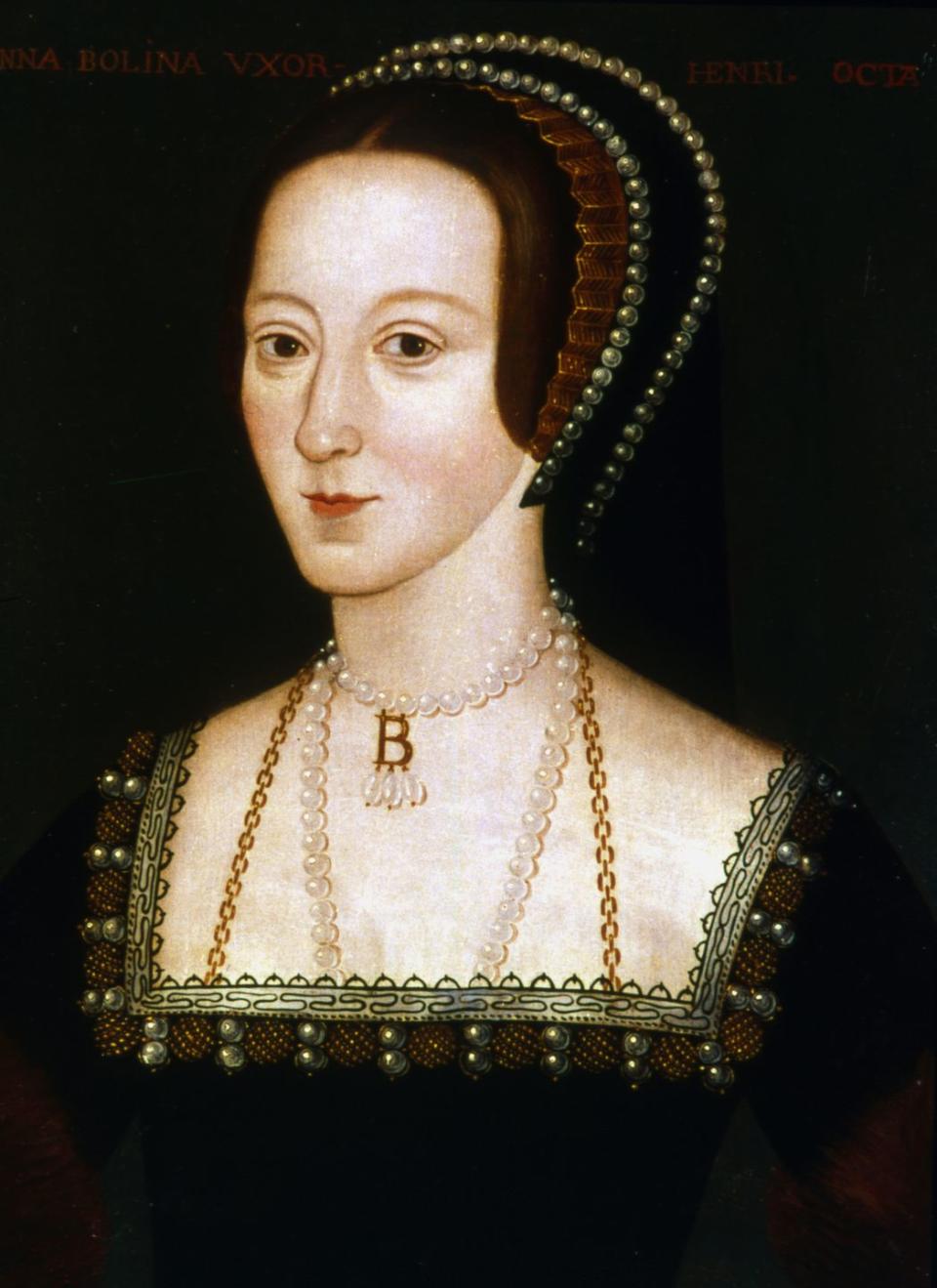The Best Gift for Your Royal-Obsessed Friend

It’s a case of the missing royal initial pendants. As chroniclers of royal jewelry history began streaming early episodes of season four of The Crown, they waited for the yellow gold D pendant to arrive. The charm, a simple block letter hung from a short chain, is highly visible in early images of Diana. There she is in a simple purple sweater vest, a nursery school assistant at the Pimlico School who was dating the heir to the throne. She had a way of looking up at the camera, coyly, and they called her "Shy Di." There, in the demure opening of her blouse, the gold D glimmered. What was the charm trying to tell us?

“An initial pendant is a most personalized jewel, one that asks to be noticed and says ‘I am here.’ It’s a personal stamp that cannot be ignored,” explains Fred Leighton creative director and jewelry expert Rebecca Selva. “That ‘Shy Di’ would have worn an initial pendant (which she owned and wore before she was engaged to Prince Charles) says that maybe she was not so shy Di.”
This simple piece of jewelry is missing from the plot of season four, replaced most often in the early scenes of Diana’s entry into royal life, with a strand of pearls—a Spencer family gift. But both Diana Spencer and Princess Diana wore the initial pendant, and judging by photos, it was a favorite. She did seem to abandon it once her choices were broadened by the court jewels, but evidence exists that she wore it at least a few times after the wedding. So, Selva wonders: “Was wearing this pendant after she married empowering to Diana, a message about asserting herself and her individuality in the royal family?”

Where that gold D pendant is now is the family’s affair, but in 2017, a sterling silver 'D' necklace owned by the princess as a teenager sold at auction for around $8,000. And why the signature piece was not included in the wardrobe of The Crown is of course at the discretion of the costume designer (the replication of Princess Diana’s wardrobe otherwise is incredibly impressive), but initial pendants in the royal family have a way of inserting themselves back into history even—perhaps especially—when they have been ignored.
The portrait of Anne Boleyn that hangs in London’s National Gallery is notable for her direct gaze—and for the B charm than hangs from the pearls around her neck. Where is that now?
Theories abound. A portrait of her daughter Queen Elizabeth wearing an “A” pendant leads some to believe Anne’s jewelry was not completely destroyed. There is another legend that the pearls remained in the royal family and that they have been incorporated into the Imperil State Crown. Try as Henry VIII might have tried to erase her from history, the “B” puts her right back into it, and inspires endless analysis.

“Did Anne Boleyn's wearing her initial pendant for that portrait not only assert Anne Boleyn's presence in that moment but assert her in-erasable part in history?" asks Selva. "I am sure that she knew what her fate might be, and sought to leave her mark by wearing her initial pendant in that portrait. It is said that Henry VIII asked that all her portraits be destroyed.”
Could a simple charm unite the two women in their desire to be heard? Perhaps, but they were not alone.
“Initialed jeweled pendants and monogrammed jewels were largely for rulers, royals, and the most powerful members of a court until the 19th century. As the 19th century progressed and an emerging industrial and middle class grew, jewelry manufacturing grew to meet the demands of the burgeoning merchant and middle class.”
Individualized jewels, such as initial pendants, were in demand and became more available, according to Selva. “With the popularity of sentimental jewelry in the 19th century, initial and monogrammed jewels were in great demand. The popularity of charms and charm bracelets in the 1920s and 1940s again allowed for the creation of a most individualized jewel, which of course included initial charms and pendants.”
And so here we are again, with jewelers providing letter charms in a myriad of fonts and materials. And who wouldn’t want to wear one now, as if to say, after this year: “I’m still here.”
You Might Also Like

